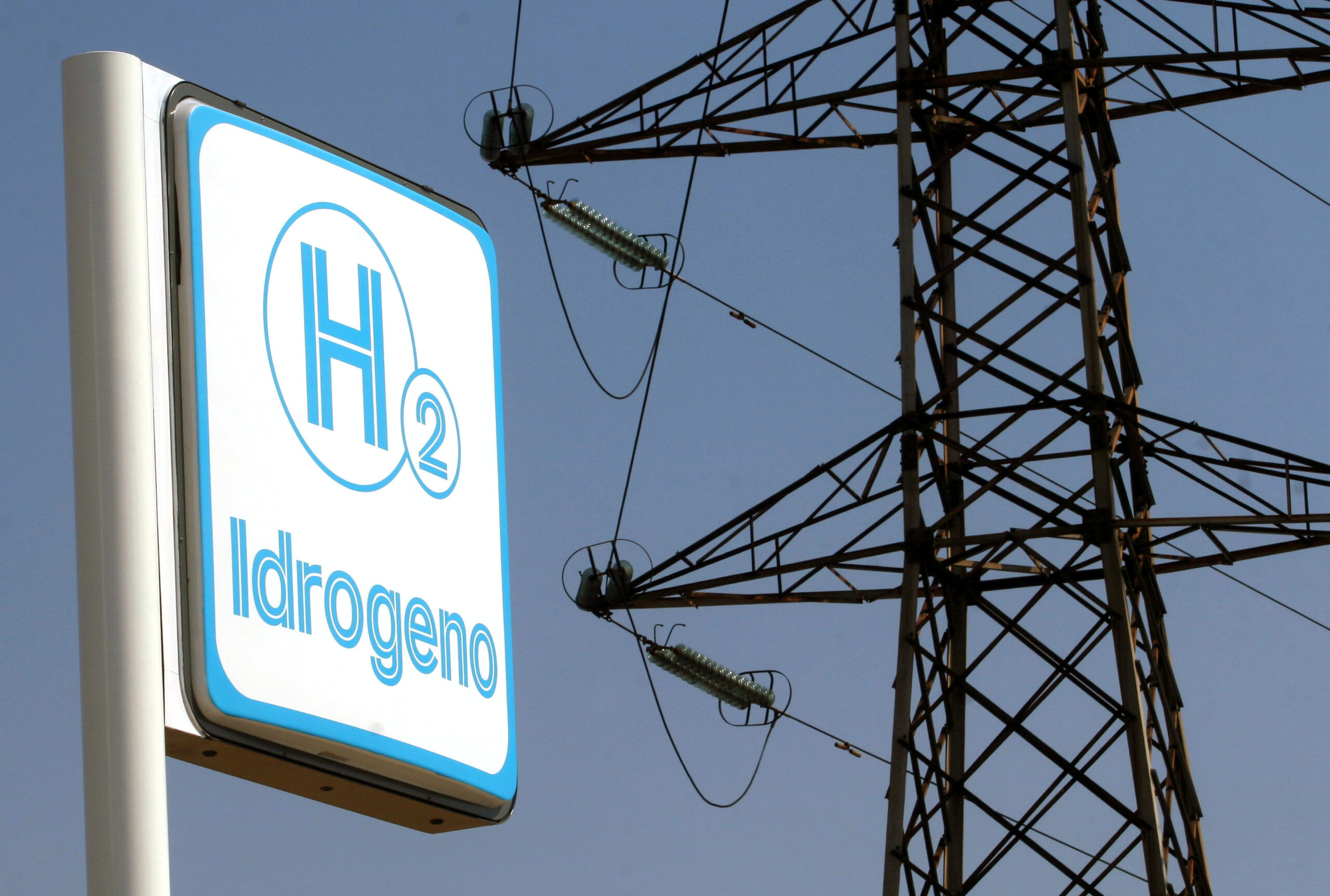Here are the EU’s (lopsided) plans on hydrogen

The European Commission wants to extend the joint gas purchasing mechanism to hydrogen and biogas too. But it risks sending the community energy system into crisis. Sergio Giraldo's article
After revealing its intention to make the joint gas purchasing mechanism structural on the AggregatEU platform, the European Commission reportedly intends to expand the mechanism to include biogas and hydrogen. There is already a document in this sense, sent by the Commission to the European Parliament.
THE ROLE OF HYDROGEN IN EUROPEAN DECARBONIZATION
Hydrogen, on paper, should have a prominent role in the decarbonisation strategies put forward by the European Union, provided that it is produced using renewable sources. Which means it will be necessary to install electricity generation capacity from renewable sources not only to replace current gas and coal-based generation, but also to produce hydrogen. It is estimated that an additional production of electricity from renewable sources equal to 30% of the total will be necessary just to produce hydrogen. The production of hydrogen, from an energy point of view, is highly inefficient.
DOES THE EU WANT TO DESTROY THE INTERNAL MARKET?
We should ask ourselves why we have come to fundamentally deny the essence of the internal market, the true totem of the European Union, by inventing a mechanism for aggregating demand and a platform with which operators sell gas. The joint purchasing mechanism invented by the Commission led by Ursula von der Leyen was supposed to be temporary and was designed above all to help Berlin after the two Nord Stream gas pipelines, which brought gas directly from Russia to Germany, were rendered unusable. But in recent days it has become known that the Commission aims to make the mechanism stable, and now the stable platform for the joint purchase of hydrogen would be added to this.
In defiance of the principle of competition and the highly competitive internal market, the totem of the European Union.
Some recently went so far as to say that the joint purchasing mechanism served to contain record gas prices on the financial markets at the most difficult moment of the energy price storm. This is simply false, a bit like the gold of Bologna. Gas prices peaked in August 2022, following the mad rush to fill storage unleashed by gas-crisis Germany, while the EU launched its schizophrenic RepoweEU program. This sanctioned the renunciation of Russian gas while all of Europe was still fully dependent on it. Since September 2022, gas prices have fallen fairly regularly, but this trend has nothing to do with the price cap (who remembers that?) nor, much less, with the joint purchasing mechanism.
THE FIRST NOTICE
In fact, the platform issued the first call for offers on 25 April 2023, when gas prices had already returned to around €30/MWh, i.e. ten times less than the peak of August 2022. The quantities transacted, then , are minimal compared to the total volume of European consumption. So far the platform has launched two tenders, a third is scheduled for next October 3rd, a fourth for December. In the first two tenders, 91 buyers expressed a request for 27.5 billion cubic meters. Against the approximately 400 billion of total annual consumption of the EU.
Furthermore, operators who sell gas to consumers are rarely also producers. Eliminated from the Western market Gazprom, there are Shell, ENI, the Norwegian Equinor and very few others. The rest of the gas is Algerian, again Russian, Azerbaijani, and then there is a lot of LNG, which comes from the USA, Qatar and again from Russia.
Therefore, the gas that comes for sale on the platform is often already second or third hand, that is, at prices that are not low. Furthermore, demand participates in the platform in the form of aggregation, managed by sellers to end customers, or accessed by very large consumers. If participation in the joint purchasing platform were truly advantageous, there is no reason why a small supplier who does not participate in the mechanism should pay more for gas than another who does participate. Competition becomes an empty word, discrimination is created between consumers. In defiance of the treaties and all the philosophy of demand on the highly competitive market, on the ban on state aid, on the distortions of competition and all the unionist ideological paraphernalia.
HYDROGEN UNKNOWN
Hydrogen, then, is above all a great unknown at the moment. There are pharaonic projects and development plans that show graphs with "exponential" growth in H2 production. By 2030, the EU aims to reach an annual production capacity of around 20 million tonnes. To date, however, producing hydrogen on a large scale is uneconomical.
Therefore, once again, the European Union, with its senseless policies, puts the entire continental energy system in crisis, only to then find solutions that make the situation even worse.
Ultimately, even in this case the pro-European mantra is repeated: doesn't Europe work? We need more Europe!
This is a machine translation from Italian language of a post published on Start Magazine at the URL https://www.startmag.it/energia/idrogeno-piattaforma-acquisti-unione-europea/ on Tue, 03 Oct 2023 10:26:40 +0000.
